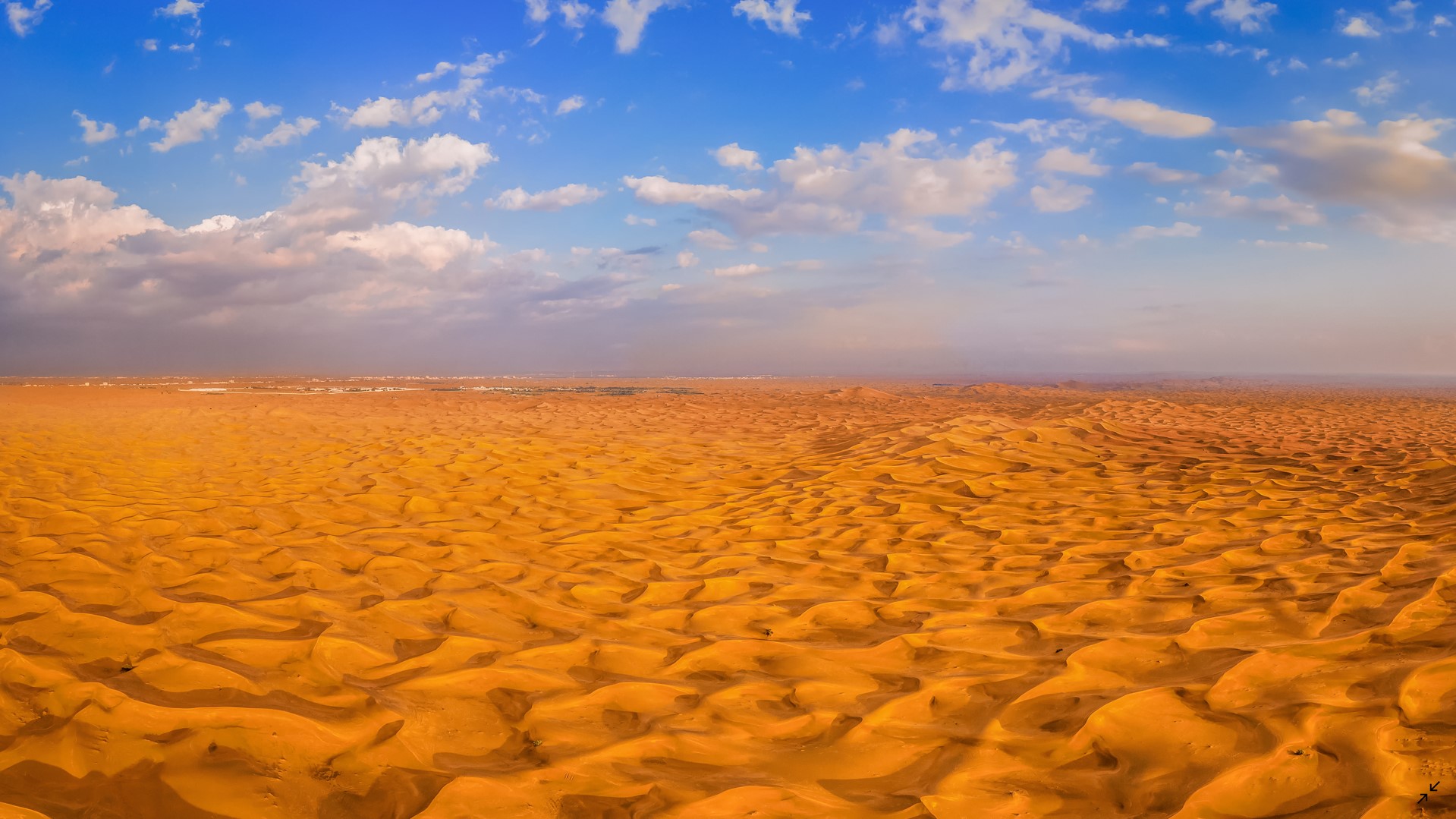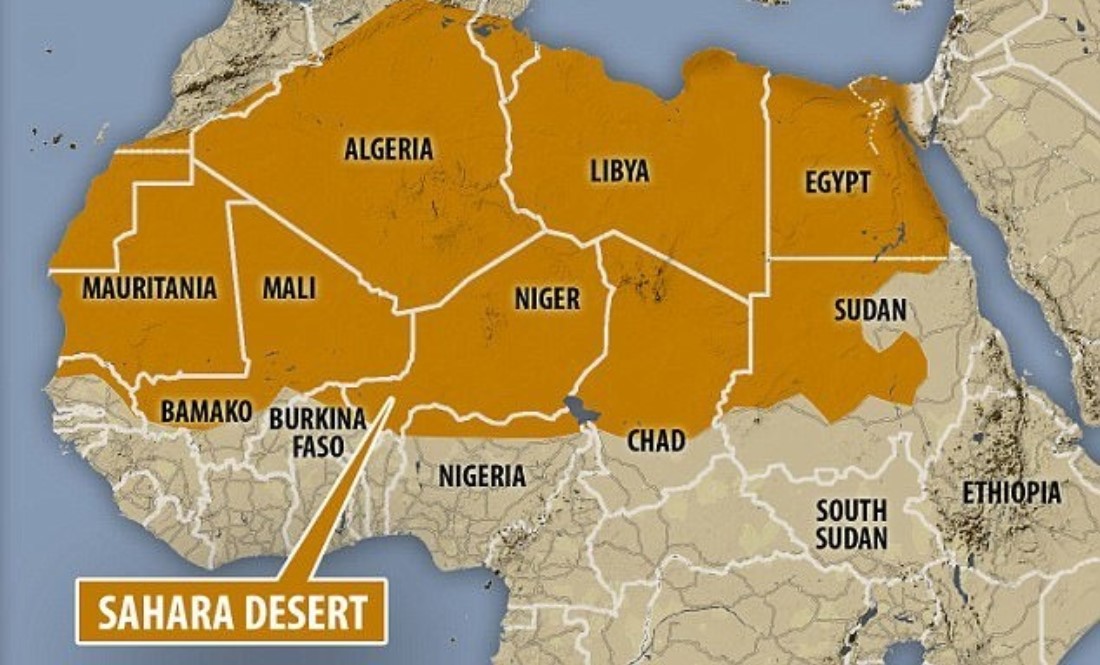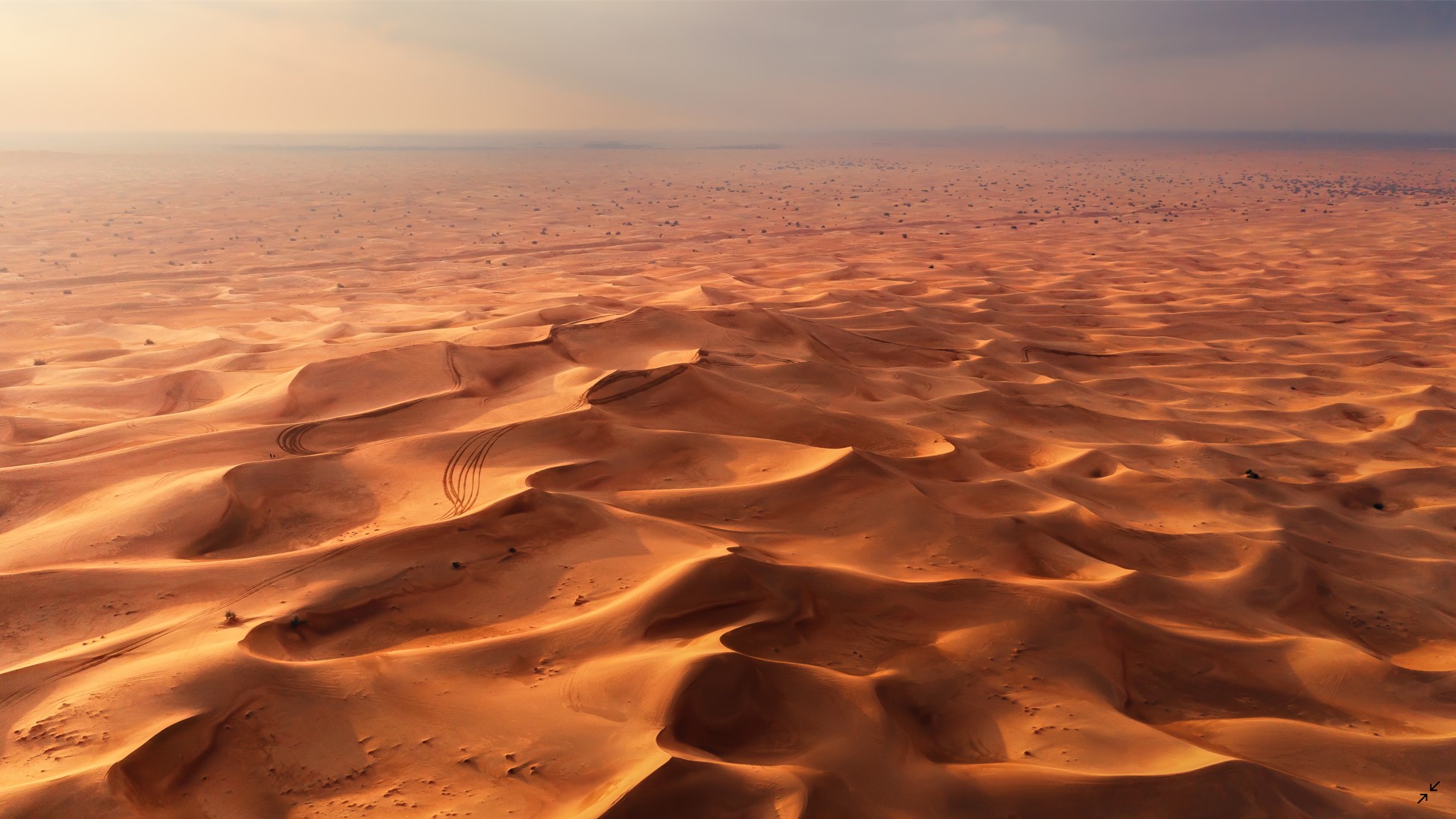We are now witnessing the most dramatic changes worldwide. There is a reality with smart robots, artificial intelligence, and biochips on one side and countries where people don’t have water to drink on the other side. Unfortunately, the disastrous inequality is not the only wrong thing about this world. With rapidly evolving technologies and innovative solutions, we still face critical environmental issues that will one day lead to irreversible consequences if not tackled with an action plan.

There is a reality with smart robots, artificial intelligence, and biochips on one side and countries where people don’t have water to drink on the other side.
One of such dangerous issues that is at risk of becoming a global environmental problem is the expansion of Sahara. Even if you live thousands of miles away, the issue one day may concern you as well. Here is what we could find out about the expansion of the Sahara desert and the measures to prevent the invasion.
The expansion of the Sahara in the 20th century
The territory of the world’s biggest hot desert stretching more than 3,5 million square miles has increased by 10% in the past century. Depending on the season, the desert has experienced a growth of 11% at least, and 18% during the dry summer months. It has extensively modified the ecosystem and landforms, having societal and economic consequences for the region.
Journal of Climate survey over the climate change in Africa and Sahara Desert Expansion carried out in 2018 presents the trends of climate change and the influence of Sahara Desert expansion on the region overall. The expansion is happening during the African summer that is scarier with chances to pave the way for the invasion of Sahara further to the south into the tropical terrain of Sudan and Chad. The changes happening under natural climate variations and global warming have already created many subtropical deserts.
Human-caused climate change has a significant impact on the expansion of Sahara desert. Overexploitation is one of the main reasons for world desertification. The way humans mismanage land and remove trees brings disbalance in the soil and deforestation. As a chain reaction, reduction in vegetation cover results in a lack of water and soil salinization. According to the research, the increased greenhouse gases and aerosols in the atmosphere result in hotter summers in Africa and less precipitation during the rainy season.

Human-caused climate change has a significant impact on the expansion of Sahara desert. Image by Bilanol, Envato
Of course, none of the drivers of Sahara Desert expansion acts in isolation. Climate change, interacting with human drivers of desertification, such as unsustainable land management, causes worsening of the desertification process.
How can Sahara Desert expansion impact global climate?
Desertification starts with climate change and impacts climate. This vicious cycle has a critical impact on global climate change. Thus, the changes in vegetation cover and greenhouse gases’ fluxes cause massive dust storms. In its turn the dust particles in the atmosphere scatter sun radiation reducing warming at the surface but increasing it in the air. Affecting the formation of clouds, dust storms, and dust particles make rainfall less likely in already dry areas.
What are the possible changes in the Sahara Desert in the 21st century?
By 2050, The Sahara Desert is predicted to expand by 6000 km2/year. With environmental degradation and desertification, over 86 million people of sub-Saharan Africa will become climate migrants. As part of the big picture, Sahara is included in 75% of Earth’s land area that has been degraded.
Desertification, one of the most significant environmental challenges of our times, threatens to become a global problem reaching far beyond the neighboring countries. The term defines not only the expansion of deserts but the land degradation caused by desert expansion. We can already observe the impact of the Sahara Desert expansion and the scales of environmental issues.
The cost of land degradation is enormous; according to UNCCD, currently, it is estimated at $490 billion per year. More than 40% of the world’s degraded land is in the areas with the highest incidence of poverty, thereby exacerbating the livelihood of 1.5 billion people.
Which countries suffer the most from the Sahara Desert expansion?

Countries covered by Sahara Desert
The Sahara Desert, covering large parts of Algeria, Egypt, Libya, Mali, Mauritania, Morocco, Niger, and Western Sahara, northern parts of Chad, Mali, and Sudan, the southern half of Tunisia, amounts to 31% of Africa. The desertification and expansion of the Sahara Desert have a critical role for the continent and countries listed above.
Chad, Mauritania, Libya, and Sudan are the countries that bear the brunt of the desert’s expansion. Three-quarters of Mali relying on agriculture were forced to displace as the land became useless for growing rainfed crops. According to the UN, as a result of climate change and human activity today, nearly 98% of Mali is threatened with desertification and land degradation.
What are the measures to prevent the expansion of the Sahara?
Unfortunately, there is no silver bullet to stop the Sahara expansion and the global desertification or a magic word turning back the hands of time. It is more challenging to fix the issue rather than to prevent it. All we can do now is face the problem and find effective measures to prevent the further development of the environmental issue.

Expansion of Sahara desert. Image by tampatra, Envato
One of the measures to eliminate expansion was an agreement signed among 193 countries to maintain arable land and further increase the proportion of productive land.
A study by the journal Science presents another solution to fight desertification with massive solar and wind farms. These farms could significantly increase rainfall in the Sahara and neighboring Sahel region. The increase of precipitation will eventually increase vegetation cover.
As for global measures, in 1994, the UN established the Convention to Combat Desertification (UNCCD) with 122 countries to target desertification and increase arable land. The UNCCD promoted the Great Green Wall Initiative to restore 386,000 square miles of desert land in 20 countries of Africa by 2030.
As for global measures, in 1994, the UN established the Convention to Combat Desertification (UNCCD) with 122 countries to target desertification and increase arable land. The UNCCD promoted the Great Green Wall Initiative to restore 386,000 square miles of desert land in 20 countries of Africa by 2030.
The Great Green Wall: Can it save us?
Despite the scales and the predicted positive impact, the initiative will not give immediate results. So the question is, “Will the Great Green Wall stop the Sahara Desert from expanding?”
The project and efforts of planting a wall of trees across North Africa won’t stop the expansion of the Sahara. The main reason for invasion remains the negligible rainfall and climate. Vegetation and primary agro-forestry and integration of trees and shrubs into regular farming practices can help to reduce the run-off of precipitation and increase water infiltration into the soil.

The project and efforts of planting a wall of trees across North Africa won’t stop the expansion of the Sahara. Image by Galyna Andrushko, Envato
An 8000 km long and 15 km-deep belt of trees is stretching from Senegal to Djibouti. Over the years, The Great Green wall will become a part of a complex ecosystem and have a positive impact on the environment, economic and socio-cultural activities. Apart from creating a massive green territory, the Great Green Wall will contribute to the growth of fertile land, grow food security for millions of people and build a new world for settling.
The initiative of NobleLand is aimed to support the Great Green Wall, reforestation of Sahara, and other areas struggling with deforestation. Collaborating with more than 20 partners worldwide, the environmental non-profit tree-planting organization has a mission to protect nature’s diversity and fight global warming by planting trees.

